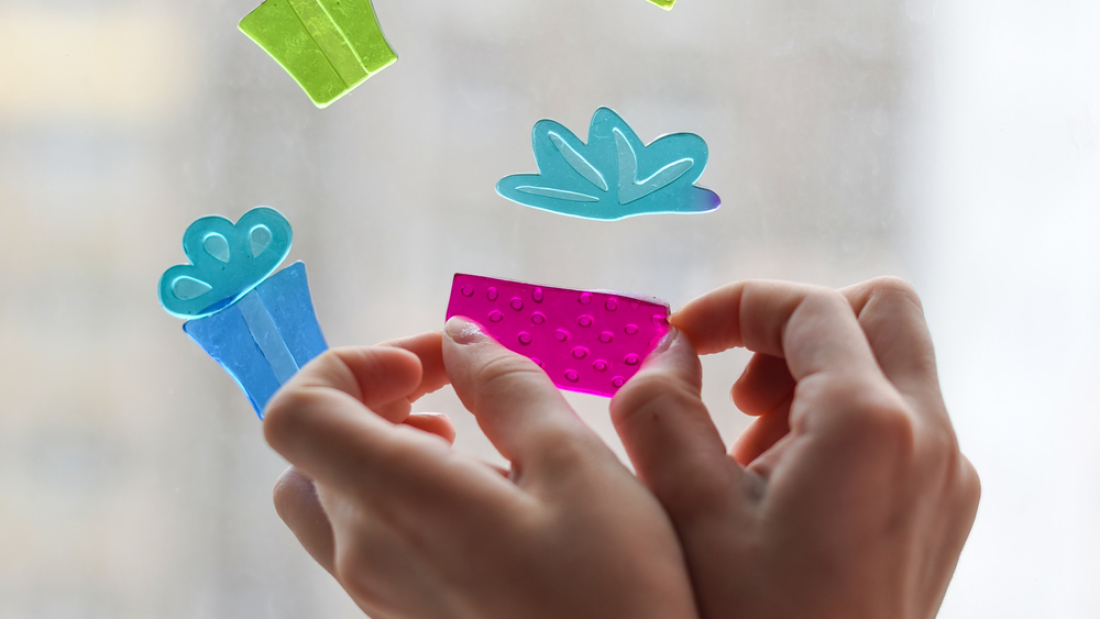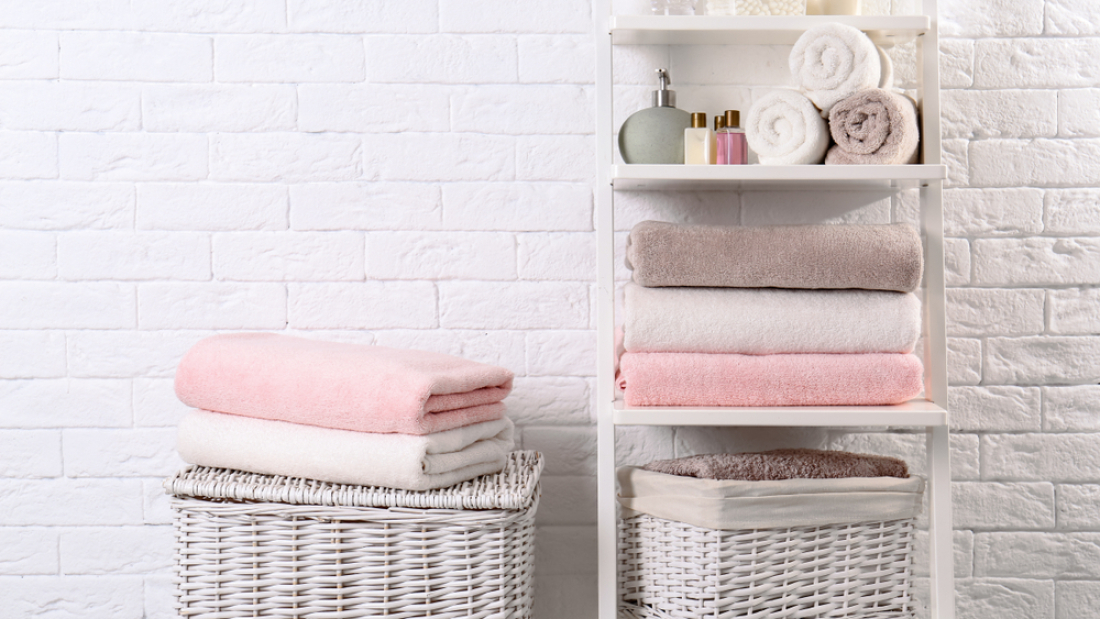This is a question I get asked all of the time and to me the very simple answer is every single week. But this can vary on the type of person you are and how much time you have.
The average time we spend in our beds a week is between 40 and 60 hours. Which is a lot of time for our beds to get dirty and sweaty! Bodily fluids, sweat, hair, dust, dead skin are all factors that make our bedding dirty.
If we don’t wash our bedding on a regular basis, our dirty sheets can result in itchy skin, allergies, acne breakouts, asthma and more. To keep in good health sleep is vital so you need a have a laundry routine that keeps your bedding clean and smelling fresh.
I make a point of doing sheets on a Sunday mainly because I have time this day and it sets me up well for the week ahead. And if you follow along on my socials you will know all about – CLEAN SHEETS SUNDAY!
How Often Should You Wash Your Sheets
Sheets should be washed at least once a week. If you don’t sleep in your bed everyday because you work away a lot or stay with a partner then this could be extended to once every other week. But even when you are not sleeping in your bed a layer of dust will appear on top.
Sheets should be washed more frequently than once every week for some people. Washing every 3-4 days is suggested if you have pets and allow them to sleep on your bed or you suffer with bad allergies.
Also if you have been suffering with a sickness bug, cold or flu as soon as you are feeling well enough it is good to change the sheets and give the bedroom a really good clean and air.
During the summer months when the temperatures are much higher and our bedrooms are hot and sticky we are naturally going to sweat more so on those restless hot nights you may want to wash your sheets a little more regularly or use less sheets to keep you cooler.
Plus, if you suffer seasonal allergies throughout the spring or summer, cleaning sheets more often could help relieve symptoms.
Why Is Washing bed Sheets so Important?
Because it will stop a build up of……………
- Dust mites
- Body fluids
- Natural Oils
- Dead Skin
- Sweat
- Dirt and grime
Which can contribute towards bad health, lack of sleep and even cause your bedding to smell stale!
Most homes have dust mites, which are tiny little critters that we can’t see. They love beds and carpets because they are warm, humid spaces and a shelter from other allergens. This is why NOT only should we change our sheets but vacuum the mattress and headboard too.
These little critters aren’t dangerous but they can cause skin reactions like rashes and itching, and in some cases aggravate allergies. Dust mites can grow at crazy rates and live purely off of dead skin cells. Dust mites in your mattress and bedding can amount to the tens of thousands or even hundreds of thousands at any given time.
Frequent washing of bed sheets can help reduce dust mites and keep your bed fresh and clean.
How To Wash Bed Sheets
Always just check the label to see if there are any specific instructions for the type of bedding you have.
Pick a calming laundry detergent and fabric conditioner, if it always lovely to have a fresh smelling bed and I find using lavender a real calming scent to use which will also help aid sleep.
It always a good idea to also add in some laundry cleanser as this will give you sheets that hygienically clean feeling
To save money and energy it is always best to try and wash at lower temperatures but when it comes to bedding, towels and underwear try and wash at 60 degrees plus.
Other Ways To Help Keep Your Bed Fresh
Before making your bed in the morning let it air ideally with the windows open.
Use pillow and mattress protectors and wash this every other week
Vacuum your mattress a few times a month and allow it to air. a UV one is a great option.
Turn or flip your mattress
Wash your duvet a few times a year
Wash your pillows a few times a year.
Did you know that your pillow will double in weight over a 6 month period due to sweat and fluids!














